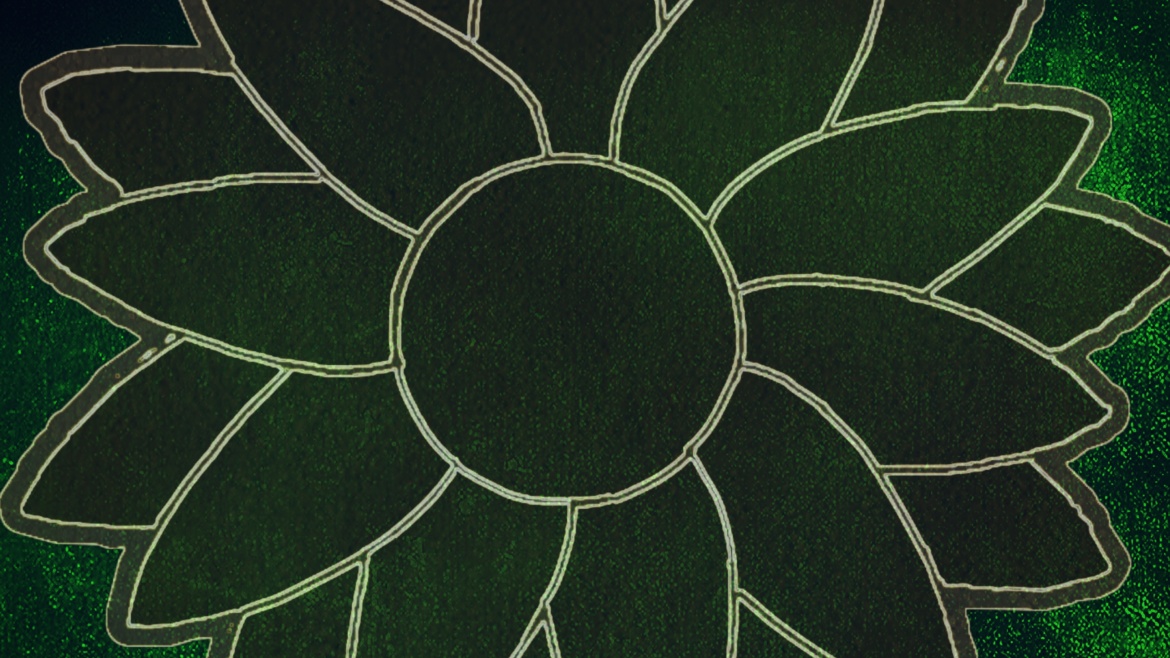
Once upon a time, in a distant land known as Palaestina, there existed a lush and bountiful garden. This was not an ordinary garden, but a symbol of harmony and diversity in a world filled with turmoil and division. Palaestina was a place where different plants and trees, each with its unique beauty, coexisted in perfect unity.
In the heart of Palaestina, a mighty tree stood tall, its branches stretching high into the sky. This tree was called “Peace.” It bore fruits of understanding, tolerance, and reconciliation, which nourished the roots of the entire garden. Under the shade of the Peace tree, various flowers bloomed, each representing a different community in Palaestina.
One day, a storm named “Conflict” swept through the garden, causing chaos and upheaval. The winds of misunderstanding and the lightning of fear threatened the harmony of Palaestina. The diverse flowers, once living in peaceful coexistence, began to wither, and their colors faded.
Amidst the turmoil, a wise old flower named “Hope” emerged. Hope was a bright, resilient bloom that stood tall despite the storm. It bore the seeds of unity and faith, believing that the garden could return to its former glory.
Hope spoke to the flowers, urging them to remember the beauty of their differences and the strength they found in their unity. Together, they decided to mend the garden, nourishing it with the waters of dialogue, fertilizing it with empathy, and pruning the branches of prejudice.
With time and effort, the garden of Palaestina began to flourish once more. The colors of each flower shone brightly, and the Peace tree regained its strength, its fruits growing more bountiful than ever. It was a testament to the power of unity and understanding.
In the end, Palaestina’s garden taught a valuable lesson: that diversity, when embraced and respected, could lead to unparalleled beauty and strength. It was a reminder that, no matter the storms of conflict, the roots of peace, hope, and unity could always anchor a society, fostering a harmonious coexistence that transcended differences.
And so, the garden of Palaestina became a symbol of resilience, reminding all who passed by that even in the most challenging times, the seeds of hope and the nurturing waters of peace could mend the deepest wounds and restore the most fragile relationships, creating a world where all could bloom together in unity.

